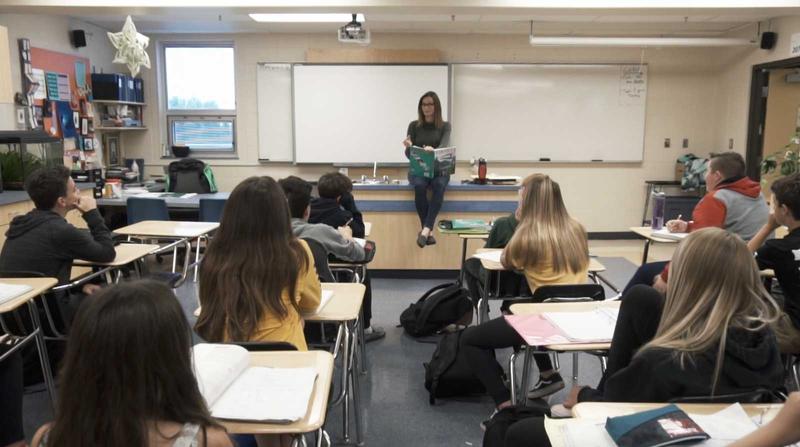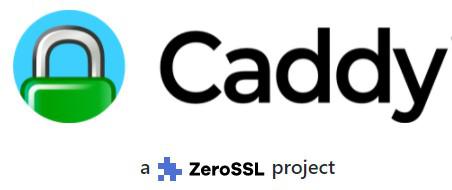In 2020, the Stanford University developed a free online course in initiation to programming called "code in place".The course joined 10,000 students in 2020 and 12,000 in 2021.However, he did not offer students because of the too high number of participants.
Stanford computer scientists wanted to correct the situation thanks to artificial intelligence.The system they have developed is based on the meta-learning approach which consists in using a first algorithm to optimize the operation of a second.This allows a computer to learn how to assess an examination.
To train the computer, however, it takes a lot of data.Fortunately, the course of Stanford University behind the "Code in place" program has been around for several years.Scientists therefore had a vast repertoire of responses proposed by students and each solution was annotated by at least one lecturer.By analyzing the way in which work was noted, artificial intelligence has learned to assess the performance of students.
Once the learning is completed, the computer was put to the test by correcting the solution of a student who had been evaluated beforehand by several lectures.Artificial intelligence has rather successfully completed the test, even going beyond the performance of humans on certain aspects.

However, the real test consisted in using artificial intelligence to note 16,000 solutions carried out as part of the course "Code in Place".A survey was carried out with students who had been evaluated by the computer: 97.9 % agreed with the assessment received.This proportion was even higher than among students who had been entitled to comments from a human instructor (96.7 %).
Artificial intelligence at the service of education?
According to researchers, receiving comments on your achievements is essential to learning in order to distinguish controlled aspects from those to improve.However, assessing tens of thousands of students represents a huge workload.Scientists believe that such a task would take 8 months at 400 lecturer working full -time.
An application like that developed by the team would therefore increase the quality of online education by offering comments to thousands of students.Computer scientists recall, however, that this strategy is not yet able to replace instructors.The tests carried out on the algorithm showed that it was less effective than a human to assess more complex work.
In an interview for the New York Times, Oren Etzioni, a former computer teacher at Washington University, also believes that the advice and comments of a teacher, a lecturer or an instructor are always preferable toThose of an algorithm.The work of the Stanford team is however a step in the right direction according to him since it is better to receive automated comments than nothing at all.
Photo: Digital-Zeros-ones-Woman-Stylish by Gerd Altmann-Pixabay










Farewell Touch Bar, I won't regret...
Caddy, the only web server to use H...
Burkina Faso / Gabon (TV / Streamin...
What the future of work will not b...